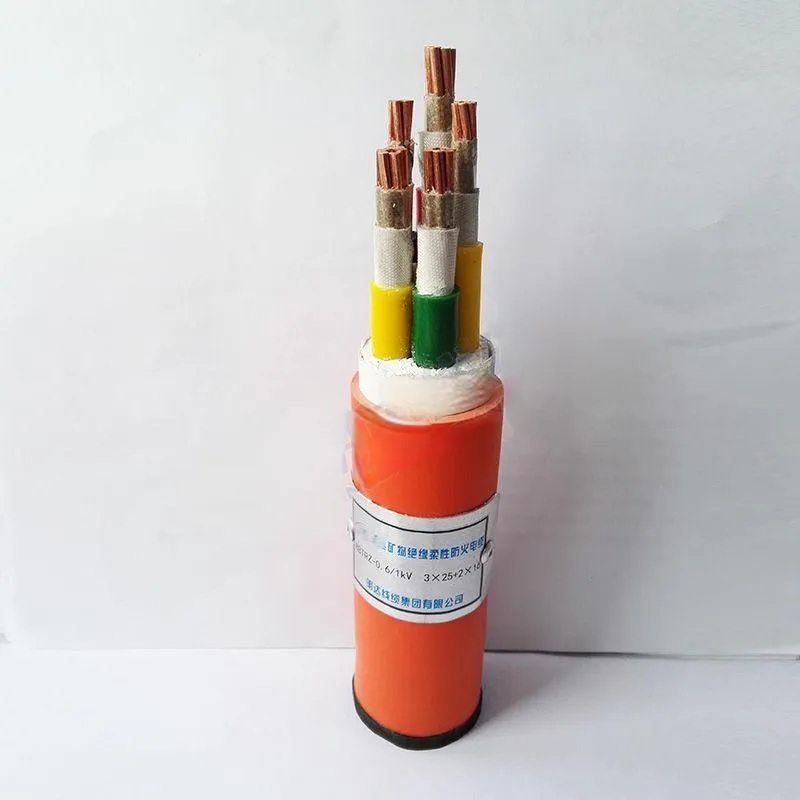ਨਵੰ. . 10, 2024 11:11 Back to list
Ball Valve Integration with Y Strainer for Efficient Fluid Control Solutions
Understanding Ball Valves with Y Strainers A Comprehensive Overview
In fluid management systems, ensuring efficiency and reliability is crucial. One of the popular configurations used in these systems is the combination of a ball valve and a Y strainer. This article explores the features, functions, and benefits of using a ball valve with a Y strainer, shedding light on why this pairing is critical in various industrial applications.
What is a Ball Valve?
A ball valve is a type of valve that uses a spherical disc, known as a ball, to control the flow of fluid through it. Ball valves are well-known for their durability and excellent sealing abilities. They offer minimal resistance to flow and can be operated quickly, making them ideal for applications requiring on/off control. The design allows for a full flow area, which minimizes pressure drops across the valve. Ball valves are commonly used in water treatment facilities, oil and gas industries, and many other sectors due to their rugged construction and versatility.
What is a Y Strainer?
A Y strainer, on the other hand, is a type of filtration device used to filter out debris and particulates from liquids and gases. Named for its Y-shaped body, this strainer features a mesh or perforated element that captures unwanted solids, ensuring that the flow remains unobstructed. Y strainers are essential in protecting downstream equipment from damage due to contaminants, thereby extending the life of pumps, valves, and other components in the fluid system.
The Synergy of Ball Valves and Y Strainers
ball valve with y strainer

When combined, ball valves and Y strainers create a highly efficient fluid control system. The ball valve allows for quick shut-off capabilities, while the Y strainer ensures that the fluid being processed is free from harmful debris. This powerful combination serves multiple purposes
1. Protection of Equipment By placing a Y strainer before the ball valve, system operators can prevent any debris from entering downstream equipment. This is especially critical in systems where the cost of downtime is high or equipment failure can lead to catastrophic results.
2. Ease of Maintenance Maintenance becomes more manageable with this combination. The Y strainer can typically be cleaned or replaced without disrupting the entire system. The ball valve can be shut off to allow for this maintenance, making the process efficient and less time-consuming.
3. Fluid Control The ball valve provides precise control over fluid flow. Coupling it with a Y strainer ensures that this control is not compromised by the presence of foreign particulates. This level of control is essential in applications requiring specific flow rates or pressures.
4. Versatility Both ball valves and Y strainers come in various materials and configurations, allowing for customization based on the fluid type, system pressure, and temperature requirements. This versatility means that they can be utilized in numerous applications across industries, from municipal water systems to complex chemical processing plants.
Conclusion
In conclusion, the integration of a ball valve with a Y strainer represents an efficient solution for effective fluid management. By preventing contaminants from entering crucial components and allowing for quick flow control, this combination enhances system reliability and operational efficiency. As industries continue to prioritize efficiency and maintenance, understanding the importance of this pairing will aid in optimizing performance and prolonging equipment life. When designing or upgrading fluid management systems, considering the use of ball valves paired with Y strainers can lead to improved outcomes and significant cost savings.
Share